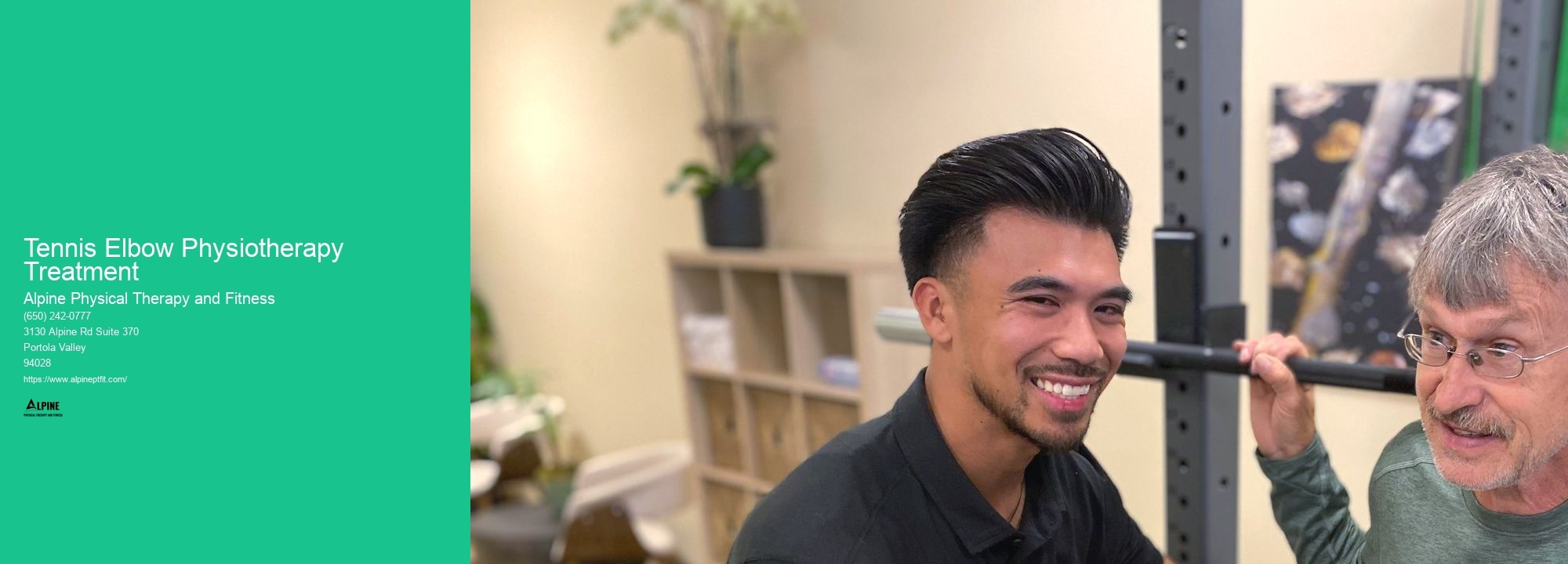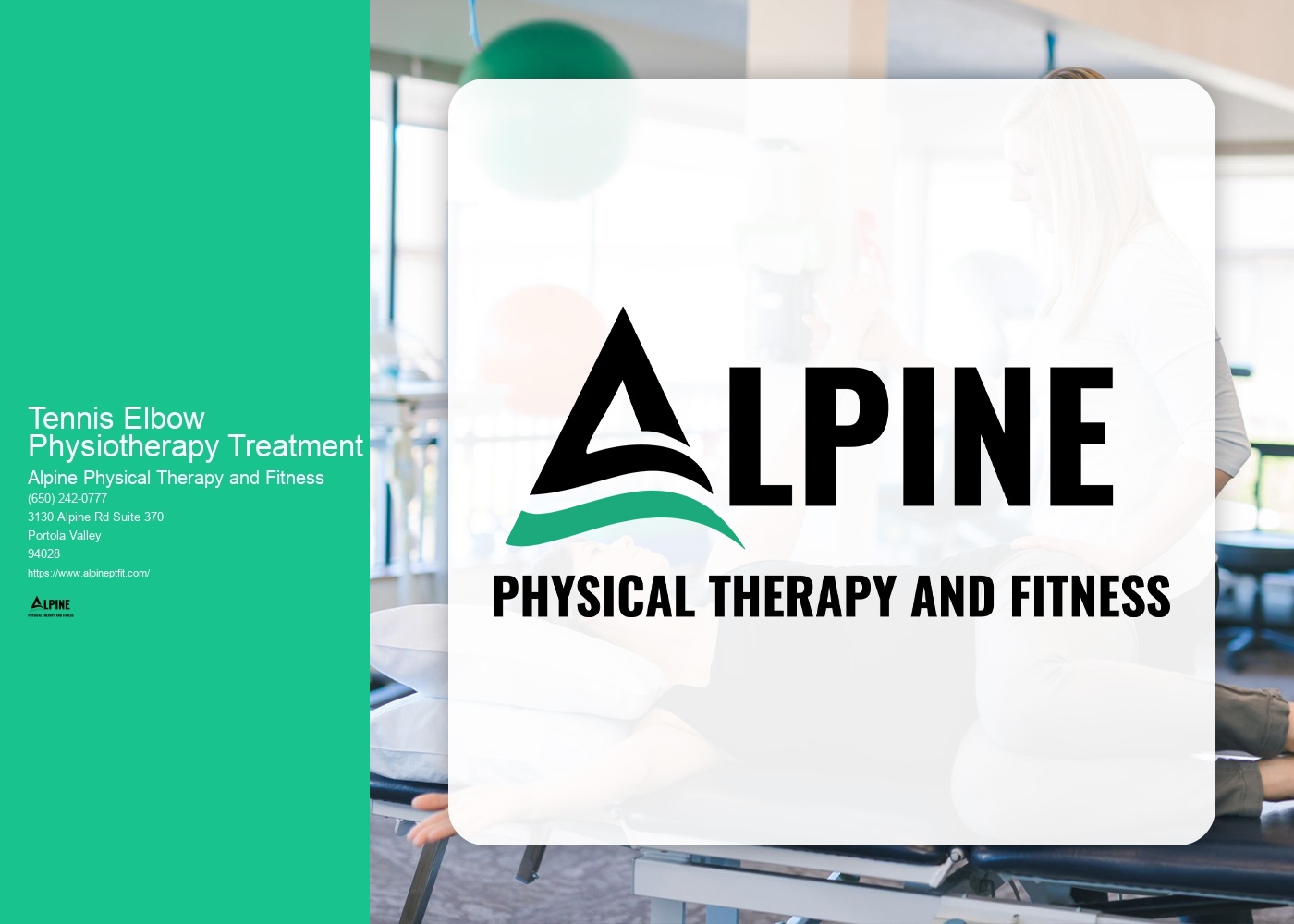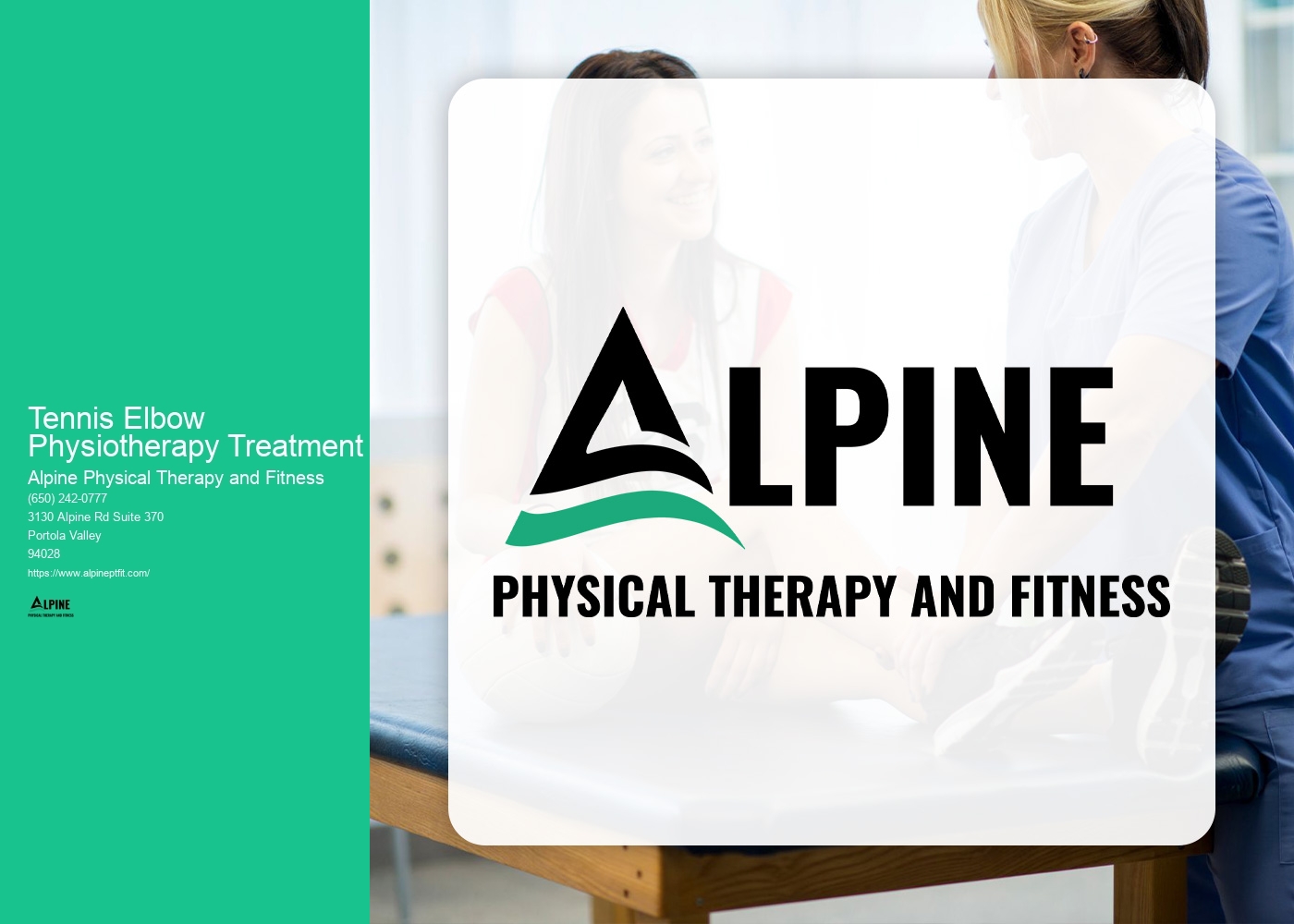

Tennis elbow, also known as lateral epicondylitis, is a condition that causes pain and inflammation in the tendons that connect the forearm muscles to the outside of the elbow. Despite its name, tennis elbow can occur in individuals who do not play tennis. The condition is typically caused by repetitive motions of the wrist and arm, such as gripping a tennis racket, using a computer mouse, or performing repetitive lifting or twisting motions. These activities can strain the tendons and lead to small tears, resulting in pain and inflammation.
The symptoms of tennis elbow include pain and tenderness on the outside of the elbow, which may radiate down the forearm. The pain is often worsened by activities that involve gripping or lifting objects, as well as by extending the wrist. Individuals with tennis elbow may also experience weakness in their grip and difficulty performing everyday tasks, such as opening jars or turning doorknobs. The symptoms can vary in severity, with some individuals experiencing mild discomfort and others experiencing more intense pain.
Tennis elbow is typically diagnosed through a physical examination and a review of the individual's medical history. The doctor will assess the range of motion in the elbow and wrist, as well as perform specific tests to determine the presence of pain and weakness. In some cases, imaging tests such as X-rays or MRI scans may be ordered to rule out other conditions that may be causing the symptoms.

Treatment options for tennis elbow include both conservative and more invasive approaches. Initially, rest and avoiding activities that exacerbate the symptoms are recommended. Nonsteroidal anti-inflammatory drugs (NSAIDs) may be prescribed to reduce pain and inflammation. Physical therapy, including exercises to strengthen the forearm muscles and improve flexibility, is often recommended. In more severe cases, corticosteroid injections may be administered to reduce inflammation. Surgery is typically considered a last resort and is only recommended if conservative treatments have failed to provide relief.
Physiotherapy can be beneficial in the treatment of tennis elbow. A physiotherapist can provide guidance on specific exercises and stretches to help alleviate pain and improve strength and flexibility in the affected area. They may also use techniques such as massage, ultrasound, or electrical stimulation to promote healing and reduce inflammation. Additionally, a physiotherapist can provide education on proper ergonomics and body mechanics to prevent further injury and recurrence of symptoms.

There are several exercises that can be done to relieve tennis elbow pain. These exercises typically focus on strengthening the forearm muscles and improving flexibility. Examples of exercises that may be recommended include wrist curls, wrist extensions, and eccentric exercises, which involve slowly lowering a weight with the affected arm. It is important to start these exercises gradually and to consult with a healthcare professional or physiotherapist to ensure proper technique and progression.
The recovery time for tennis elbow with physiotherapy treatment can vary depending on the severity of the condition and the individual's response to treatment. In general, it may take several weeks to several months to fully recover. Consistency with physiotherapy exercises and following the recommended treatment plan is crucial for optimal recovery. It is important to note that individual results may vary, and it is best to consult with a healthcare professional or physiotherapist for a personalized assessment and treatment plan.

Individuals with vulvodynia may benefit from a combination of exercises that focus on pelvic floor muscle relaxation, stretching, and strengthening. Pelvic floor relaxation exercises, such as diaphragmatic breathing and progressive muscle relaxation, can help reduce muscle tension and improve blood flow to the pelvic region. Stretching exercises, such as gentle yoga poses or pelvic floor stretches, can help increase flexibility and relieve tightness in the pelvic floor muscles. Strengthening exercises, such as Kegels or pelvic floor muscle contractions, can help improve muscle tone and support the pelvic organs. It is important for individuals with vulvodynia to consult with a healthcare professional or pelvic floor physical therapist to develop a personalized exercise plan that takes into account their specific symptoms and needs.
Physical therapy can be an effective treatment option for alleviating pain associated with osteoporosis. Osteoporosis is a condition characterized by a decrease in bone density, which can lead to increased fragility and susceptibility to fractures. Physical therapy interventions, such as exercises targeting strength, balance, and posture, can help improve bone health and reduce pain. Additionally, physical therapists may use modalities such as heat or cold therapy, electrical stimulation, or manual therapy techniques to further alleviate pain and improve function. By addressing the underlying causes of pain and promoting bone health, physical therapy can play a crucial role in managing pain associated with osteoporosis.
Physical therapy plays a crucial role in the management of peripheral neuropathy. By utilizing a combination of targeted exercises, manual therapy techniques, and specialized equipment, physical therapists can help individuals with peripheral neuropathy improve their strength, balance, and coordination. These exercises and techniques focus on improving blood flow, reducing pain, and increasing nerve function. Additionally, physical therapists can provide education on proper body mechanics and ergonomics to minimize further nerve damage. By addressing the underlying causes of peripheral neuropathy and providing personalized treatment plans, physical therapy can significantly improve the quality of life for individuals living with this condition.
The approach to treating individuals with hip impingement syndrome involves a comprehensive and multidisciplinary approach. The primary goal of treatment is to reduce pain, improve function, and prevent further damage to the hip joint. Non-surgical interventions such as physical therapy, activity modification, and anti-inflammatory medications are often the first line of treatment. Physical therapy focuses on strengthening the hip muscles, improving range of motion, and correcting any biomechanical abnormalities. In some cases, corticosteroid injections may be used to provide temporary pain relief. If conservative measures fail to alleviate symptoms, surgical intervention may be considered. Surgical options include arthroscopic procedures to remove or repair damaged tissue, as well as hip resurfacing or total hip replacement in severe cases. The choice of treatment depends on the severity of the impingement, the individual's age and activity level, and their overall health. A personalized treatment plan should be developed in collaboration with a team of healthcare professionals, including orthopedic surgeons, physical therapists, and pain management specialists, to ensure the best possible outcome for the individual.
Physical therapy plays a crucial role in improving the quality of life for patients with Parkinson's disease. By incorporating a range of specialized exercises and techniques, physical therapists can address the unique motor and movement challenges faced by individuals with Parkinson's. These exercises focus on improving balance, coordination, flexibility, and strength, which are often affected by the disease. Additionally, physical therapy can help manage symptoms such as rigidity, bradykinesia, and tremors, allowing patients to regain control over their movements. Through targeted interventions, physical therapy can also enhance gait and posture, reducing the risk of falls and improving overall mobility. Moreover, physical therapists provide education and guidance on adaptive strategies and assistive devices, empowering patients to navigate daily activities more independently. Overall, physical therapy offers a comprehensive approach to managing Parkinson's disease, promoting functional independence, and enhancing overall well-being.